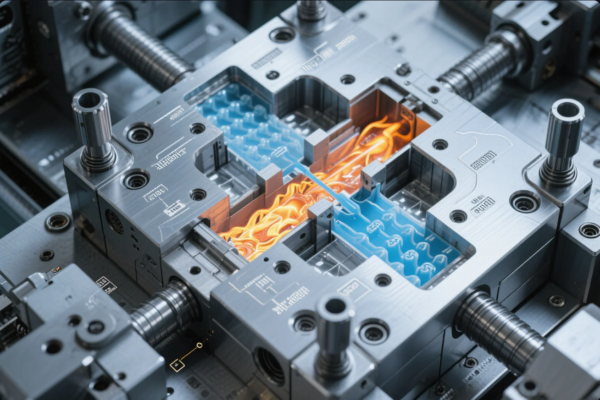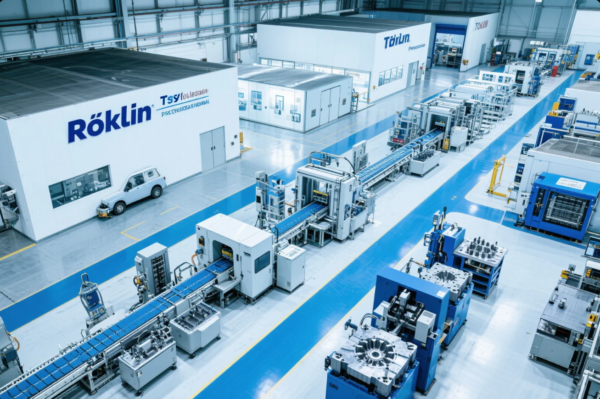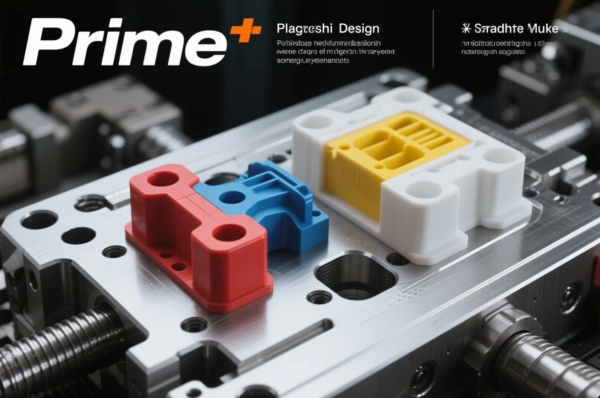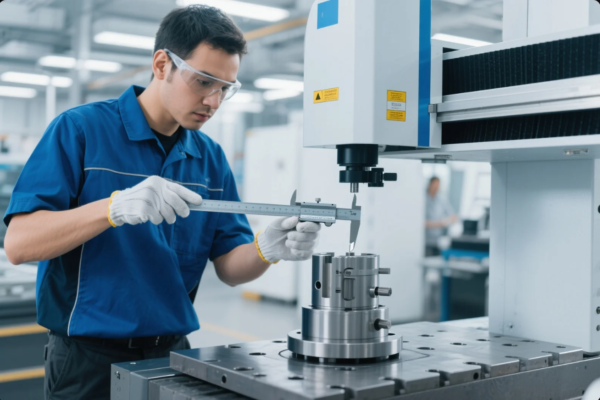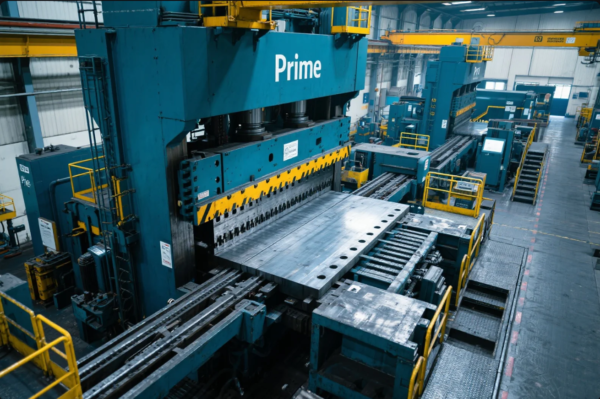Stainless Steel Casting Parts: Why Are They Ideal for Demanding Industries?
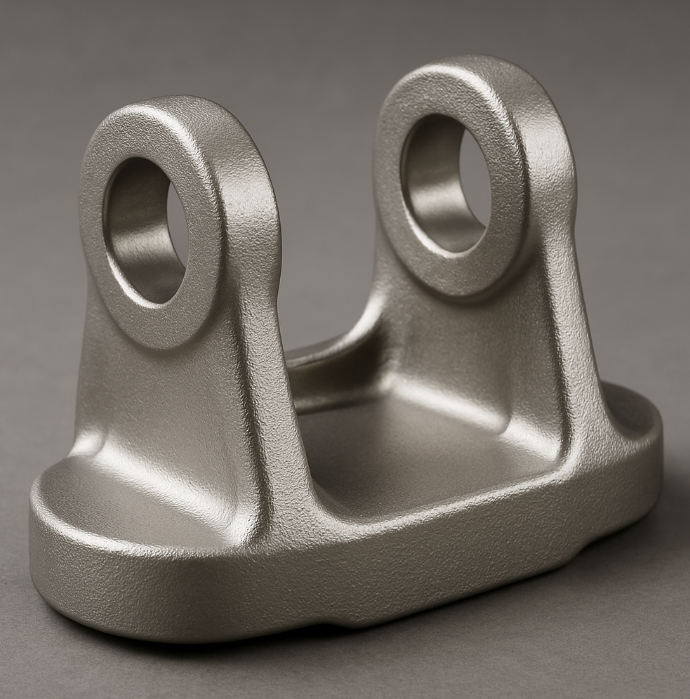
Stainless steel casting delivers unmatched durability, corrosion resistance, and design flexibility, making it essential for aerospace, medical, and chemical processing industries. With 30+ years in stainless steel casting, we’ve helped clients reduce replacements by 50% while improving part lifespan—even in extreme environments.
Stainless steel castings offer superior strength-to-weight ratios, exceptional chemical resistance, and thermal stability up to 1000°C—enabling reliable performance where other metals fail.
Want to know which industries benefit most from stainless steel castings? Let’s dive into material advantages, alloy options, and real-world applications.
1. Why Choose Stainless Steel Casting Over Other Methods?
Precision, longevity, and cost-efficiency define stainless steel castings.
Key Advantages:
✔ Corrosion resistance (withstands acids, saltwater, extreme weather)
✔ High strength-to-weight ratio (30% lighter than forged steel with similar durability)
✔ Design freedom (intricate shapes possible, unlike machining)
✔ Less material waste (up to 60% savings vs CNC machining)
Case Study: Our CF8M stainless steel valve housings last 3x longer than bronze alternatives in seawater applications.
2. Which Industries Rely Most on Stainless Steel Castings?
From jet engines to surgical tools, these parts are critical.
Top Applications:
| Industry | Use Case | Best Stainless Steel Grade |
|---|---|---|
| Oil & Gas | Pump housings, valves | 316L, Super Duplex 2507 |
| Medical | Implants, surgical instruments | 17-4PH, 316LVM |
| Food Processing | Mixers, conveyors | 304, 316 (FDA-approved) |
| Aerospace | Turbine blades, engine mounts | 15-5PH, A286 |
| Chemical Processing | Reactors, piping | Alloy 20, Hastelloy C276 |
3. What’s the Best Casting Method for Stainless Steel?
Investment, sand, and centrifugal casting are the top contenders.
Comparison of Casting Methods
| Method | Best For | Surface Finish | Tolerances |
|---|---|---|---|
| Investment Casting | Complex, high-precision parts | Mirror-like (Ra 1.6µm) | ±0.1mm |
| Sand Casting | Large, heavy-duty components | Rough (Ra 12.5µm) | ±2mm |
| Centrifugal Casting | Pipes, cylinders | Smooth (Ra 3.2µm) | ±0.5mm |
Our investment-cast stainless steel impellers require no machining, saving clients 20% in production costs.
4. How Do Heat Treatments Improve Stainless Steel Castings?
Proper heat treatment maximizes performance.
Common Stainless Steel Heat Treatments
| Process | Effect | Ideal Grades |
|---|---|---|
| Solution Annealing | Removes stress, improves ductility | 304, 316 |
| Precipitation Hardening (PH) | Boosts hardness & strength | 17-4PH, 15-5PH |
| Quenching & Tempering | Balances toughness / wear resistance | 420, 440C |
5. Quality Control: How to Ensure Stainless Steel Castings Are Defect-Free?
Precision matters—especially in high-risk industries.
✔ X-ray inspection (internal cracks, porosity)
✔ Ferrite content testing (prevents weld cracking)
✔ PMI (Positive Material Identification) (verifies alloy composition)
✔ Salt spray testing (validates corrosion resistance)
Our medical-grade stainless castings undergo 12+ QA checks before shipment.
Conclusion
Stainless steel castings outperform other metals in harsh conditions while offering cost-effective, high-strength solutions for mission-critical applications. Whether you need FDA-compliant food equipment or ultra-durable aerospace components, we specialize in ISO-certified stainless steel castings with full traceability. Contact us today for custom alloys and fast-turn prototypes.

